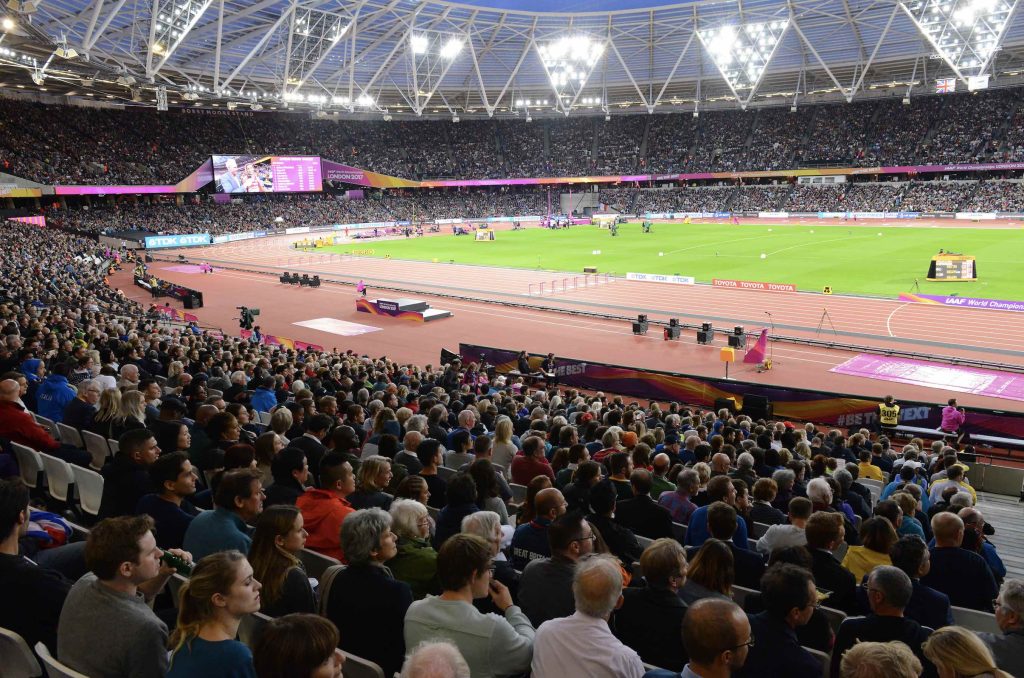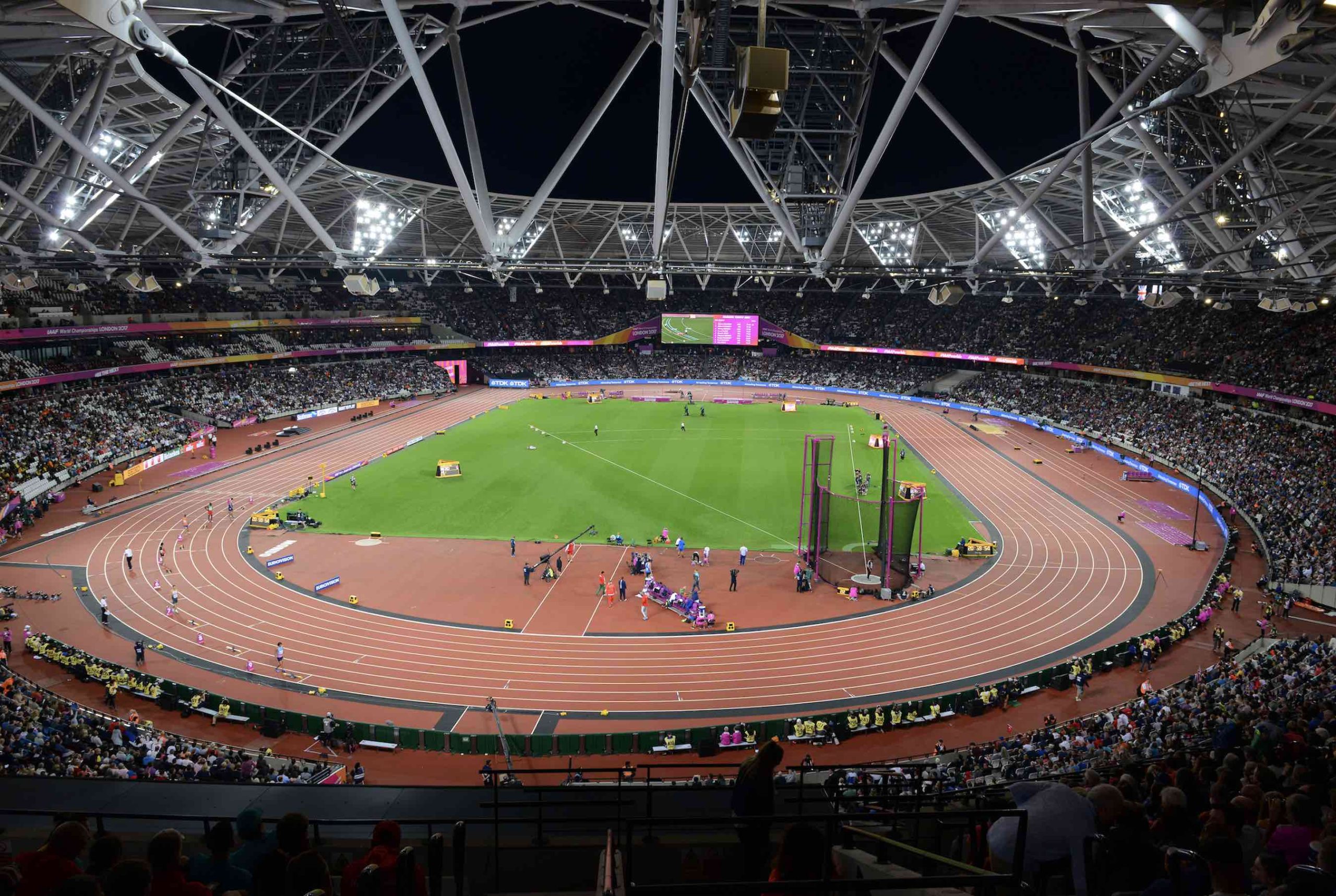The saga of the British stadiums goes on…
In a recent article, I discussed the relative merits of the London Stadium, Crystal Palace, and Birmingham’s Alexander stadium as the home of athletics in the UK going forward. This week there has been what may prove to be a significant development.
But let’s go back to 2012 when, with government funding, the Olympic stadium was built at Stratford, East London in an also new Olympic Park. The government, keen to see long-term benefits from its investment, set up a publicly funded body, the London Legacy Development Corporation (LLDC) to manage the Olympic legacy, including the main Olympic stadium, which was used in 2012 for the opening and closing ceremony, as well as being home to the stadium track and field events.
In 2013 the LLDC made a deal with West Ham United, a premier league soccer team, that would pay an index-linked rent for 99 years for use of the stadium for the soccer season, normally from August to May. The initial annual rent was $3 million and is currently understood to be just below $ 5 million annually. The rent has always been regarded as surprisingly low, sometimes referred to as the “deal of the century”. The stadium does not currently have a commercial sponsor, so we understand that in any naming rights deal, the income would be split between LLDC and West Ham United, with the LLDC taking more than half the income. The contract with West Ham for the stadium included the stadium being available for track and field athletics for one month of the year, more or less the month of July.

However, the cost of converting the stadium from soccer to athletics costs several million – I have seen the figure $3.75 million quoted – and last year, we understand that the LLDC paid British Athletics not to hold the Diamond League in London, a deal which took the event to Birmingham, gave British Athletics a significant sum of money while at the same time saving the LLDC the cost of converting the stadium.
Lyn Garner, chief executive of the LLDC, was quoted recently as saying that whether we liked it or not, the stadium was operating and would continue to operate “at the deficit year on year”. We also understand that the auditors have challenged a figure of $250,000 included in the LLDC’s accounts to cover future losses. Garner continued: “Ultimately, whether we like it or not, we have signed up to a 90-year contract which sees the public sector operating the stadium and taking the risk for increased costs. If we want to run London Stadium in this way, we’re going to see year-on-year operational deficits”.
In my previous article, I referred to rumors that the LLDC might be open to tearing up the contract with British Athletics in exchange for a substantial compensation payment to British Athletics. I have heard the chairman, Ian Beattie, asked on more than one occasion if he was open to accepting compensation to terminate the contract. His answer was always that no such offer was on the table.
What is new this week is the public acknowledgment by the LLDC that the likelihood is that the stadium would continue to be run at a significant loss for the remainder of the 99-year contract and that the government may be unwilling to keep footing the bill.
One possibility being mooted is the sale of the stadium to West Ham. As well as saving an annual rent, the club would have significant advantages in owning the stadium. The big question for us is whether, if West Ham bought the stadium, it would continue to be available for athletics or if the soccer club would wish to offer British Athletics significant financial compensation to persuade them to tear up the current contract, which provides for athletics to be held in the stadium for the next 90 years.
The UK Diamond League returns to London this year with, I understand, already more than 25,000 tickets sold and the potential for a crowd of more than 40,000 – more than two or three times the capacity of the Alexander stadium or of the old Crystal Palace. At the same time, it needs to be acknowledged that a Diamond League is the only track and field event capable of attracting that type of crowd (other than a World or European championship). And now that the London Diamond League seems to have moved from a two-session (Friday night and Saturday afternoon) event to a single session, one can understand the question being asked about the viability of continuing to convert the stadium from seats to attract for effectively a two-hour event.
A difficult question has perhaps become more complicated.


